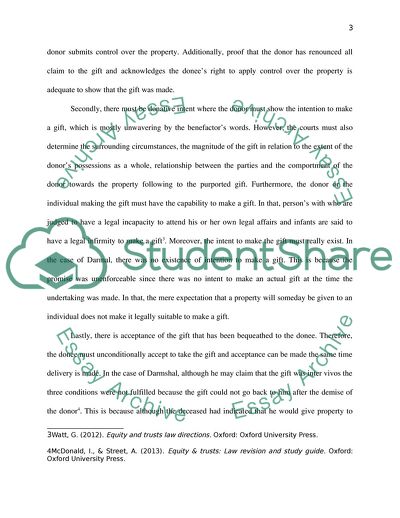Cite this document
(The Case of Equity and Trusts Study Example | Topics and Well Written Essays - 1750 words - 8, n.d.)
The Case of Equity and Trusts Study Example | Topics and Well Written Essays - 1750 words - 8. https://studentshare.org/law/1857521-equity-and-trusts
The Case of Equity and Trusts Study Example | Topics and Well Written Essays - 1750 words - 8. https://studentshare.org/law/1857521-equity-and-trusts
(The Case of Equity and Trusts Study Example | Topics and Well Written Essays - 1750 Words - 8)
The Case of Equity and Trusts Study Example | Topics and Well Written Essays - 1750 Words - 8. https://studentshare.org/law/1857521-equity-and-trusts.
The Case of Equity and Trusts Study Example | Topics and Well Written Essays - 1750 Words - 8. https://studentshare.org/law/1857521-equity-and-trusts.
“The Case of Equity and Trusts Study Example | Topics and Well Written Essays - 1750 Words - 8”. https://studentshare.org/law/1857521-equity-and-trusts.


